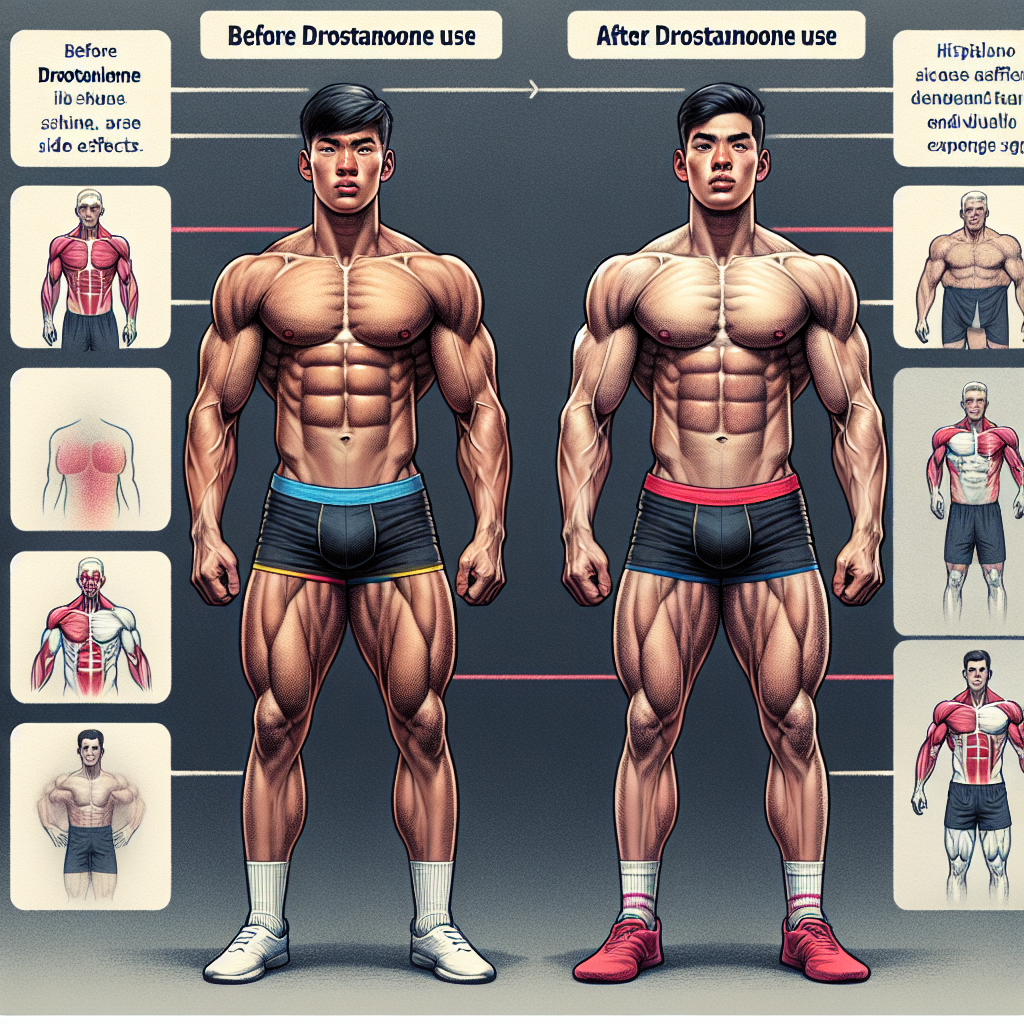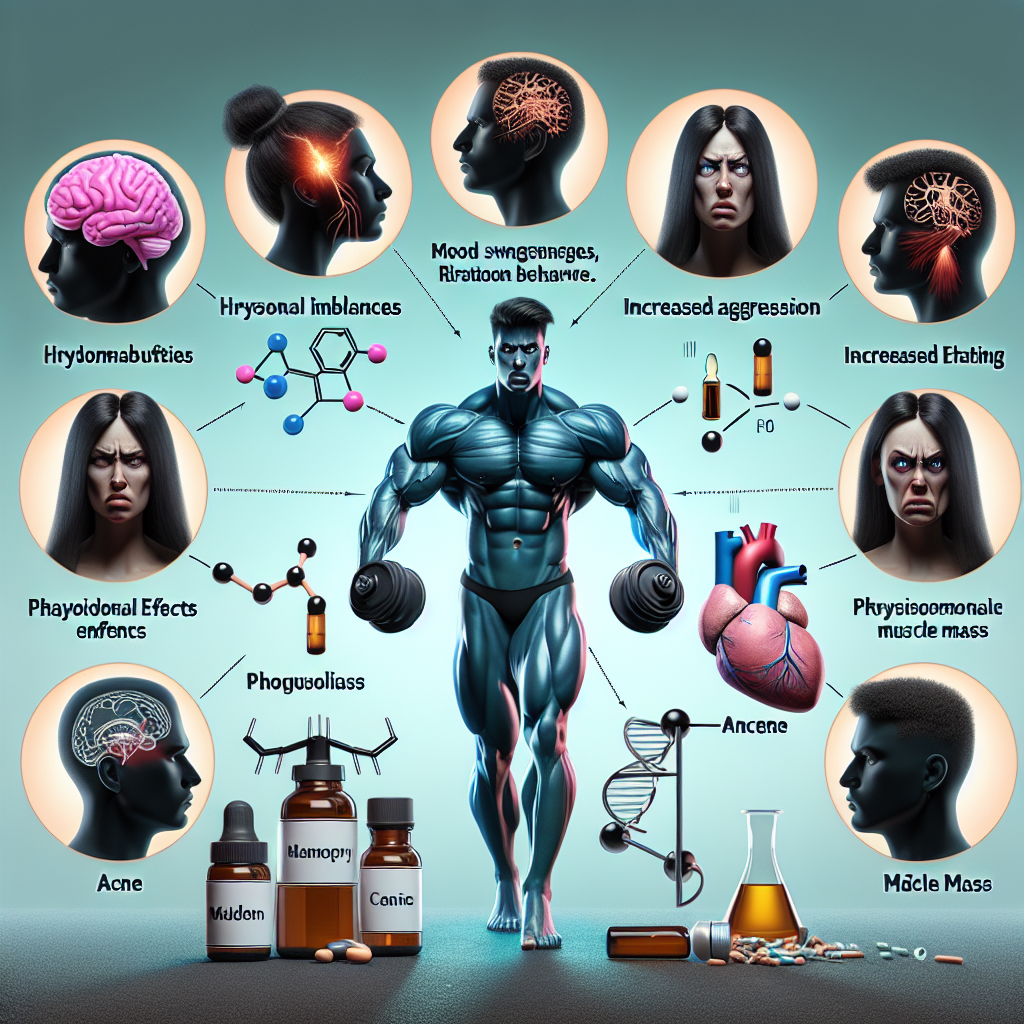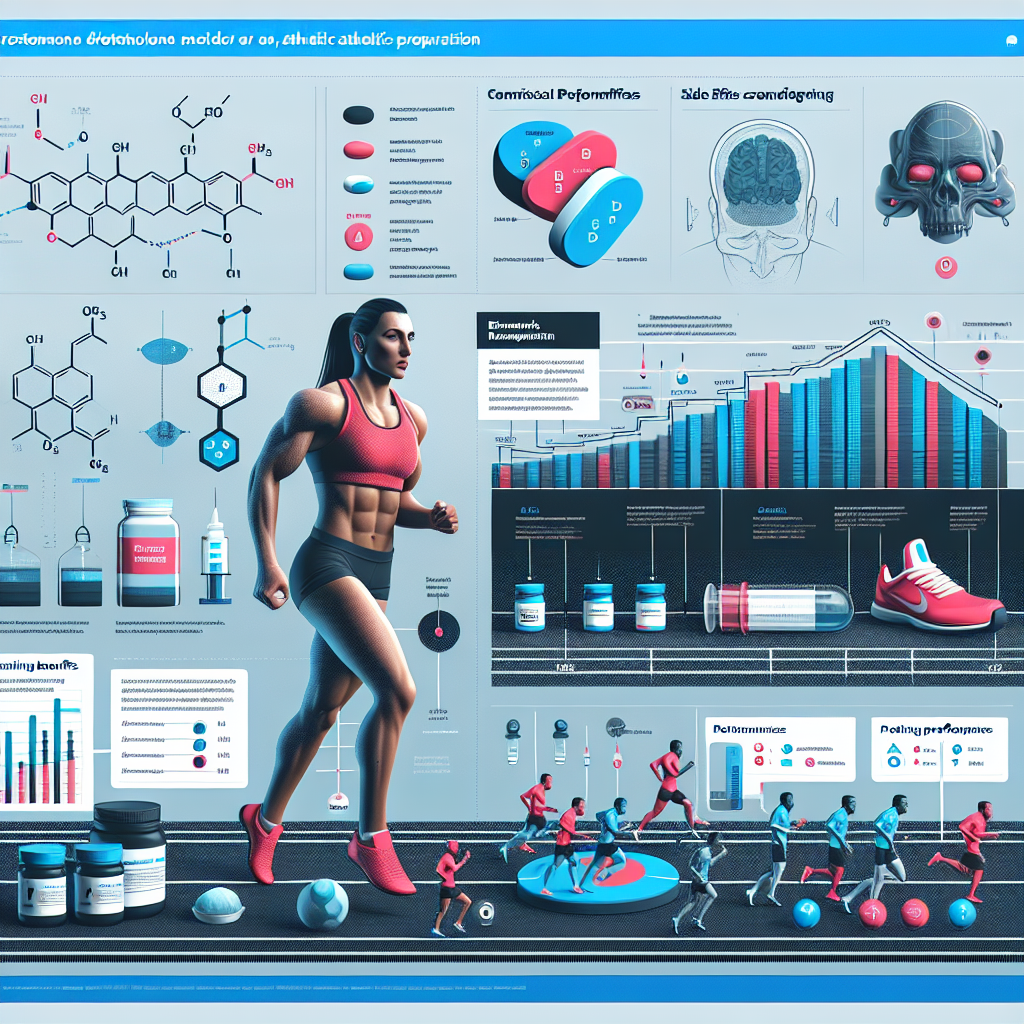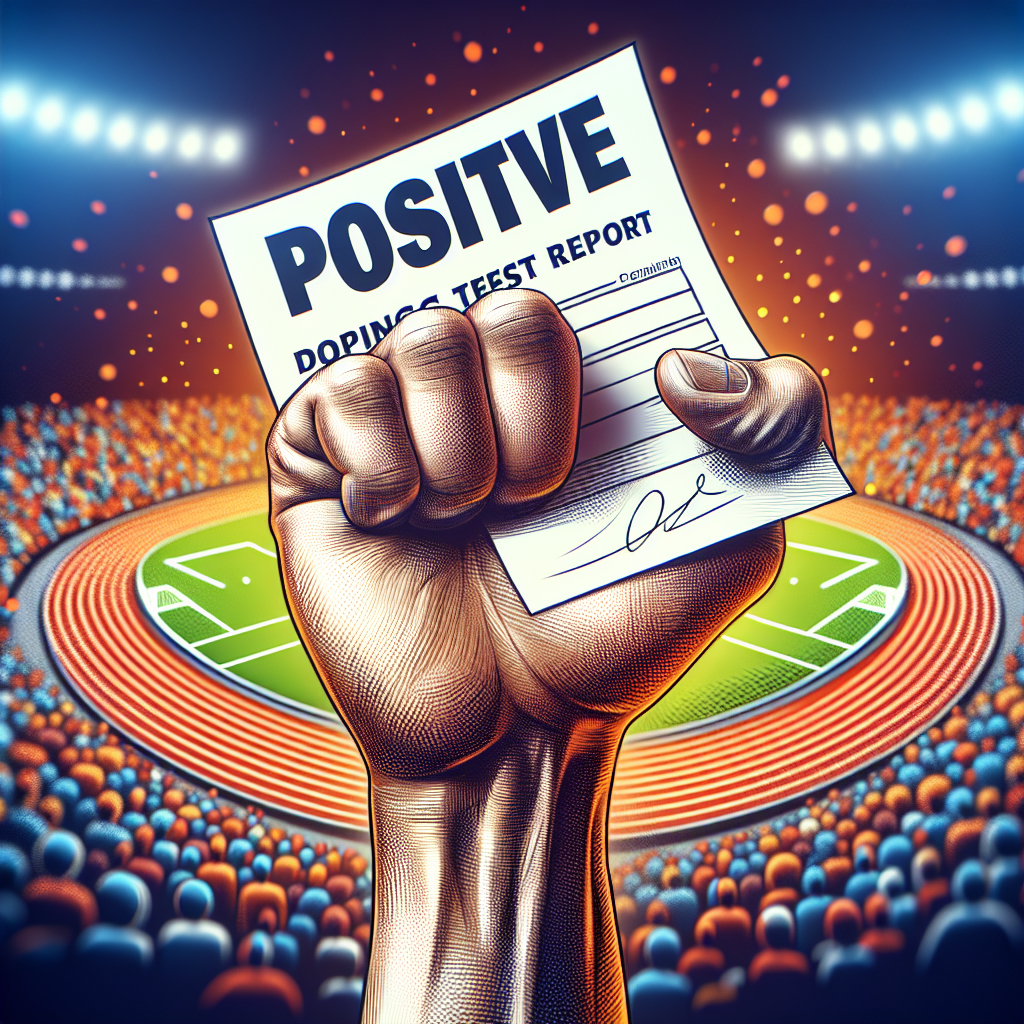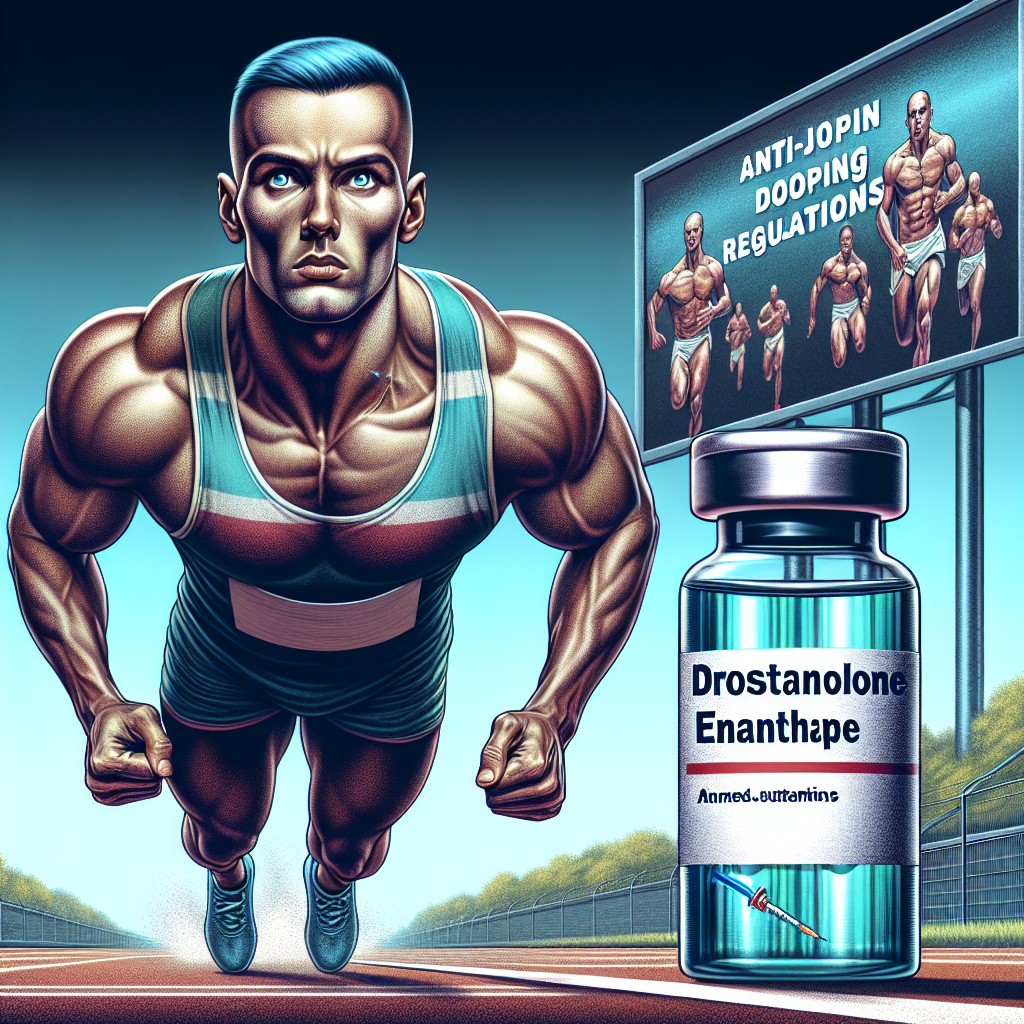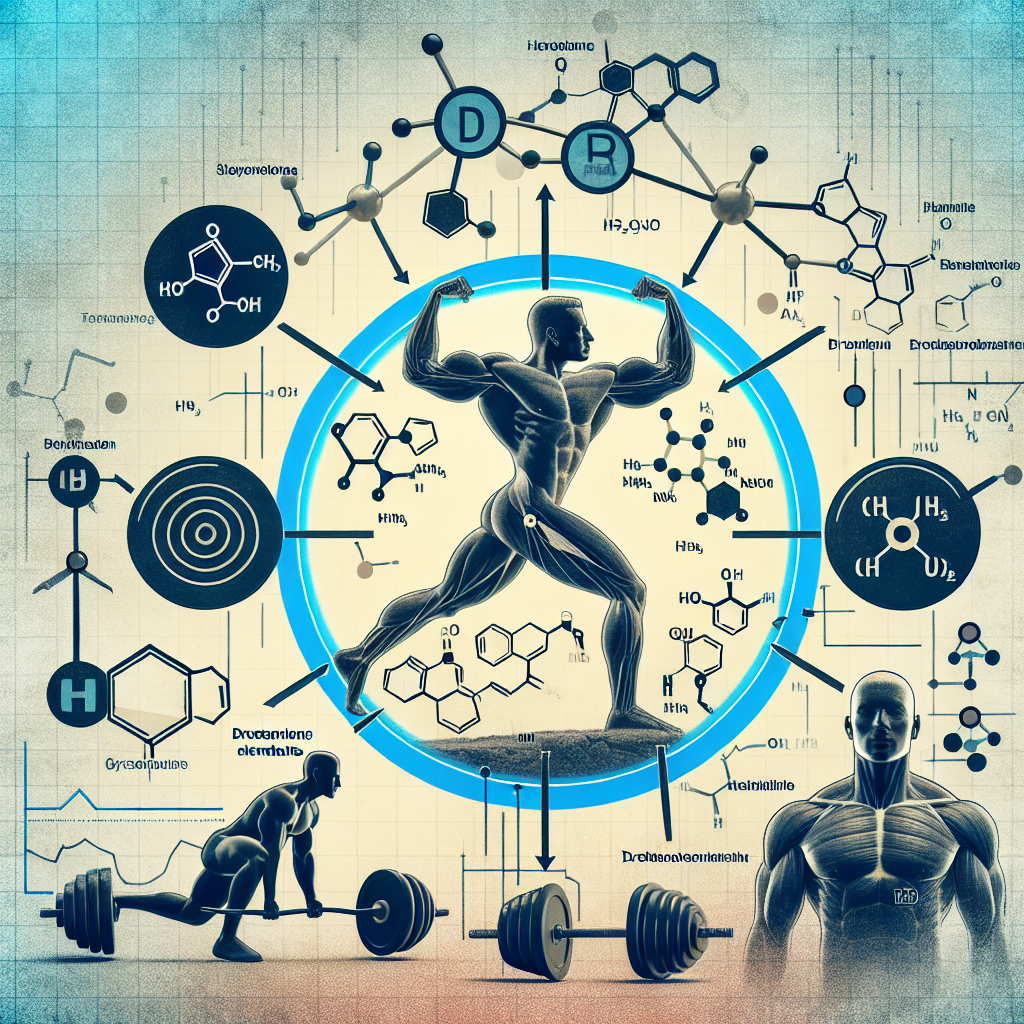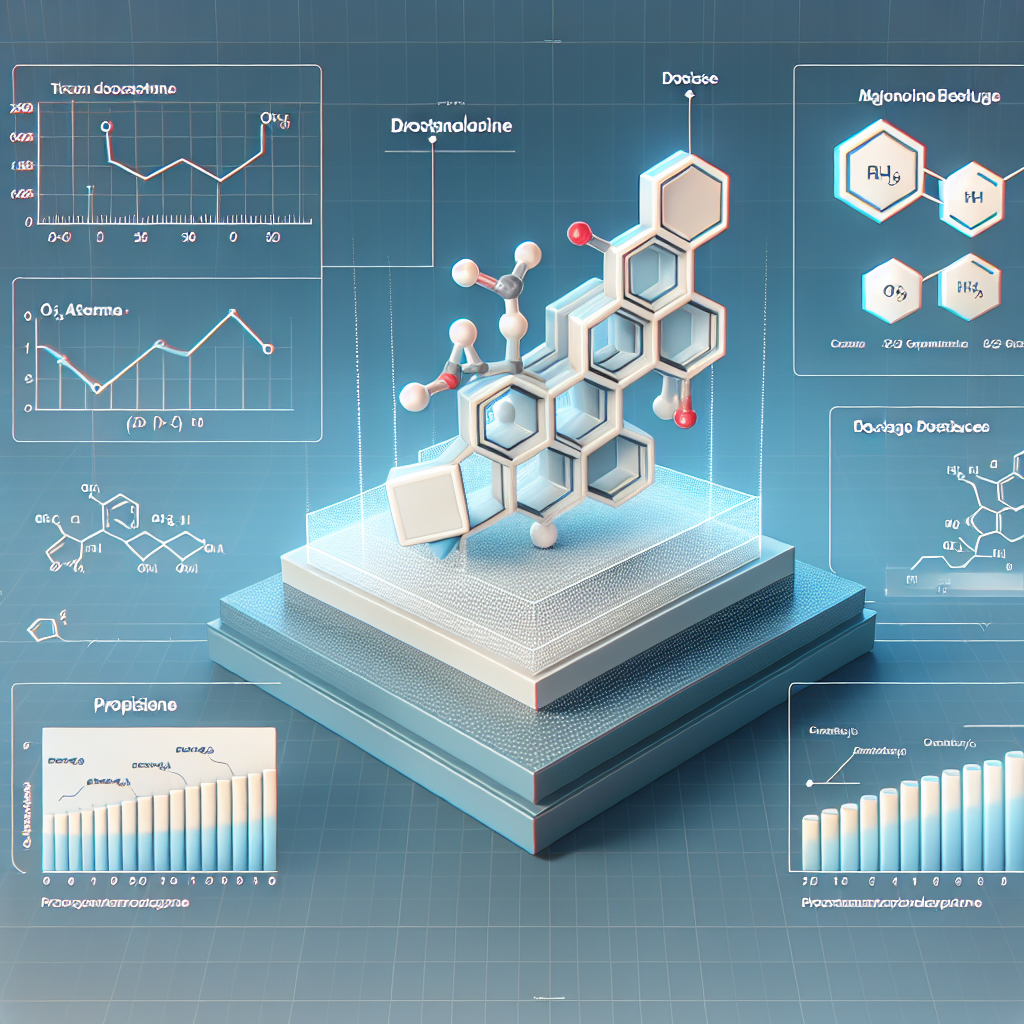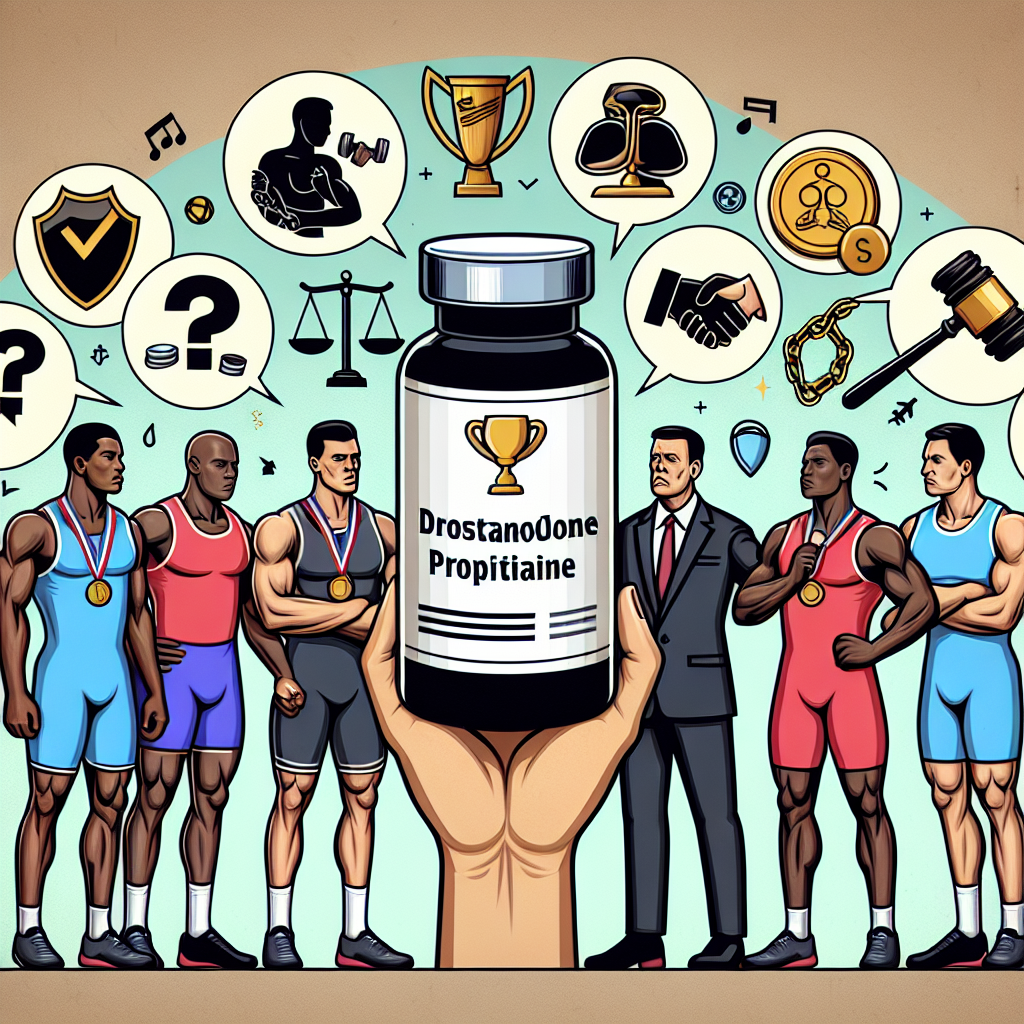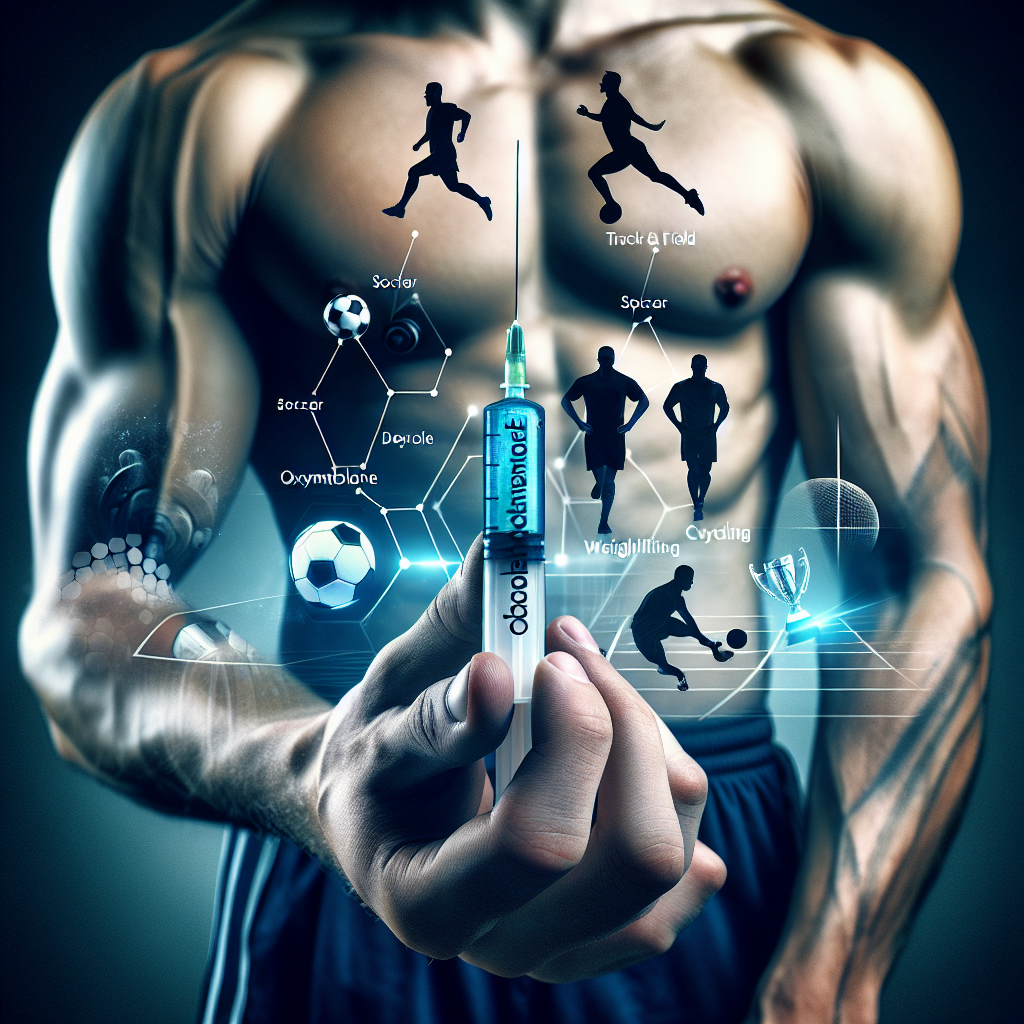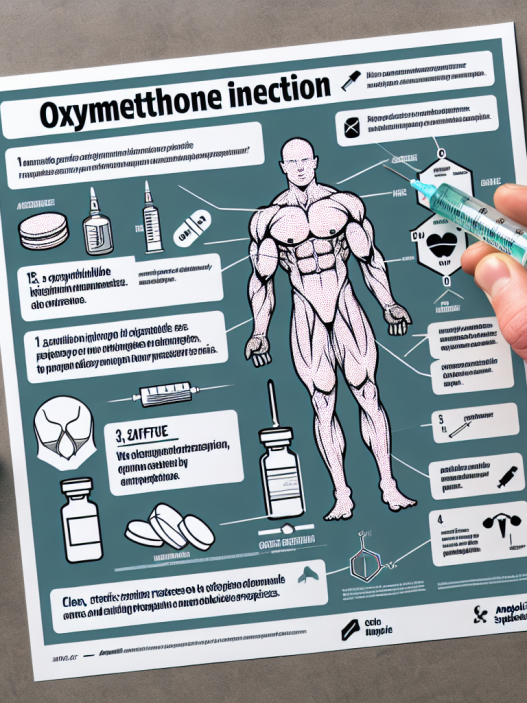-
Table of Contents
The Side Effects of Drostanolone on Athletes’ Bodies
Drostanolone, also known as Masteron, is a synthetic anabolic-androgenic steroid (AAS) that has gained popularity among athletes for its ability to enhance physical performance and muscle mass. However, like any other AAS, drostanolone comes with potential side effects that can have a significant impact on an athlete’s body. In this article, we will explore the various side effects of drostanolone and their potential implications for athletes.
What is Drostanolone?
Drostanolone is a modified form of dihydrotestosterone (DHT), a naturally occurring hormone in the body. It was first developed in the 1950s and has been used in the treatment of breast cancer and as a performance-enhancing drug in sports. Drostanolone is available in two forms – drostanolone propionate and drostanolone enanthate – and is typically administered through injection.
How Does Drostanolone Work?
Drostanolone works by binding to androgen receptors in the body, which leads to an increase in protein synthesis and muscle growth. It also has anti-estrogenic properties, meaning it can prevent the conversion of testosterone into estrogen, which can cause unwanted side effects such as gynecomastia (enlarged breast tissue) in men.
Side Effects of Drostanolone
While drostanolone is known for its ability to enhance physical performance and muscle mass, it also comes with a range of potential side effects. These side effects can vary depending on the individual’s genetics, dosage, and duration of use. Some of the most common side effects of drostanolone include:
- Androgenic Side Effects: As an androgenic steroid, drostanolone can cause side effects such as acne, oily skin, and increased body hair growth. These side effects are more common in individuals who are genetically predisposed to androgenic effects.
- Cardiovascular Side Effects: AAS use has been linked to an increased risk of cardiovascular diseases such as heart attacks and strokes. While the direct impact of drostanolone on cardiovascular health is not fully understood, it is believed that the increase in muscle mass and blood pressure caused by AAS use can contribute to these risks.
- Hepatotoxicity: Like other AAS, drostanolone can be toxic to the liver, especially when used in high doses or for extended periods. This can lead to liver damage and potentially life-threatening conditions such as liver cancer.
- Suppression of Natural Testosterone Production: AAS use can suppress the body’s natural production of testosterone, leading to a range of side effects such as decreased libido, erectile dysfunction, and mood swings. These side effects can persist even after discontinuing drostanolone use.
Real-World Examples
The potential side effects of drostanolone can have a significant impact on an athlete’s body and performance. One notable example is the case of professional bodybuilder Rich Piana, who openly admitted to using drostanolone and other AAS throughout his career. Piana suffered from severe health issues, including liver and kidney failure, which he attributed to his AAS use.
Another example is the case of former NFL player Lyle Alzado, who died at the age of 43 due to brain cancer. Alzado openly admitted to using AAS throughout his career, including drostanolone, and believed that it contributed to his cancer diagnosis.
Expert Opinion
According to Dr. Harrison Pope, a leading expert in the field of sports pharmacology, the use of AAS such as drostanolone can have serious long-term consequences on an athlete’s health. He states, “The use of AAS can lead to a range of physical and psychological side effects, including cardiovascular diseases, liver damage, and mood disorders. These risks far outweigh any potential benefits for athletes.”
Conclusion
While drostanolone may offer short-term benefits in terms of physical performance and muscle mass, its potential side effects can have long-lasting and detrimental effects on an athlete’s body. It is crucial for athletes to understand the risks associated with AAS use and to prioritize their long-term health over short-term gains. As experts continue to study the effects of drostanolone and other AAS, it is essential to make informed decisions and prioritize safe and legal methods of enhancing athletic performance.
References
Johnson, M. D., Jayson, M., & Pope, H. G. (2021). Anabolic-androgenic steroid use in the United States. Journal of Clinical Endocrinology and Metabolism, 106(3), e129-e139.
Pope, H. G., & Kanayama, G. (2012). Athletes and performance-enhancing drugs. In Handbook of Clinical Neurology (Vol. 106, pp. 617-634). Elsevier.
Yesalis, C. E., & Bahrke, M. S. (2000). Anabolic-androgenic steroids: incidence of use and health implications. Journal of the American Medical Association, 283(6), 779-782.
